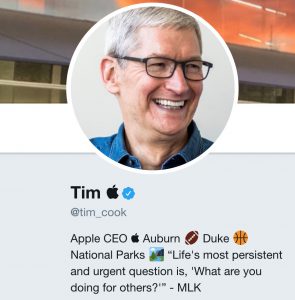Benjamin Mayo, on the promise of Siri Shortcuts:
This means Siri can now be smarter by drawing on the capabilities of many more apps. You can order coffee. Control third party audio apps like Overcast or Pandora. Plan travel itineraries with Kayak. All with your voice talking to your intelligent personal assistant.
Except that’s not really true. That is how Apple likes to market the feature but it’s a twisted form of reality. Shortcuts are not making Siri smarter, in fact they are dumber than pretty much anything Siri has done to date. Shortcuts put the burden on the user to do the legwork of synthesising data sources and integrating the apps into the voice service.
That’s the “puts the burden on the user” part. Benjamin continues:
Shortcuts require registration and administration to do anything at all with Siri. The user has to pre-emptively search out every command available in a certain app and then add each in turn to Siri. Registration requires the user to think up the phrase they want to use to trigger the command on the spot. Siri can then trigger these actions when that same phrase is said back to it at a later date.
There is no intelligence here. Siri transcribes the user’s voice and looks for an exact text match of that phrase in the database of voice shortcut phrases that the user has generated off their own back. If a match is found, it proceeds. Otherwise, failure.
And that’s the “no intelligence” part. If I trigger Siri, I can say “what’s today’s weather” or “what’s it like out today” and get the same response. Siri maps lots of things to “tell me the weather”. But with shortcuts, the user does the core creation. There’s no way for Siri to suss out other phrases that mean the same thing.
I think this is an excellent essay, worth reading.
I would add this though. Lots of apps ship with useful shortcuts, and there is a vibrant community building and sharing shortcuts with the world. Spend some time browsing those shortcuts, find one you like, and it’s pretty easy to bring the shortcut onto your own iPhone, even customize it. Definitely a power user move, but one with tremendous value.
Also, take a minute, fire up Siri and say:
“Open Siri Settings”
Siri will jump to the Siri Settings page and, there at the top, you’ll see a list of shortcuts that were created for you, based on recent behavior. To me, those shortcuts are a sign of intelligence at work. And easy to use, too. Press the plus sign to the right of a shortcut, give it a name, and you’re off to the races.

